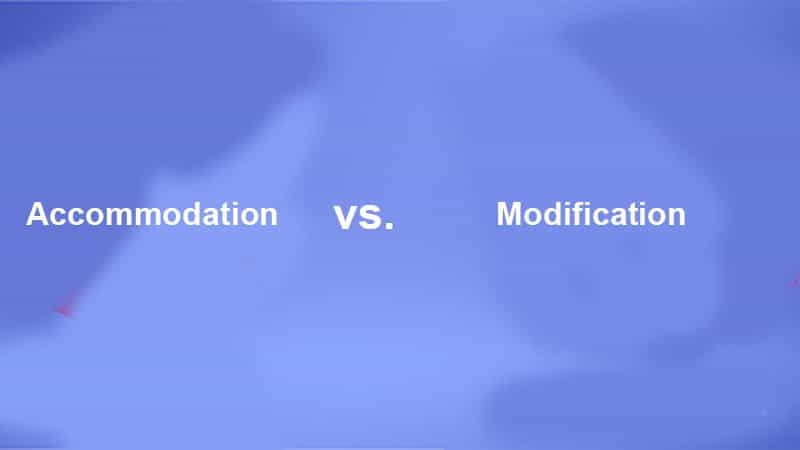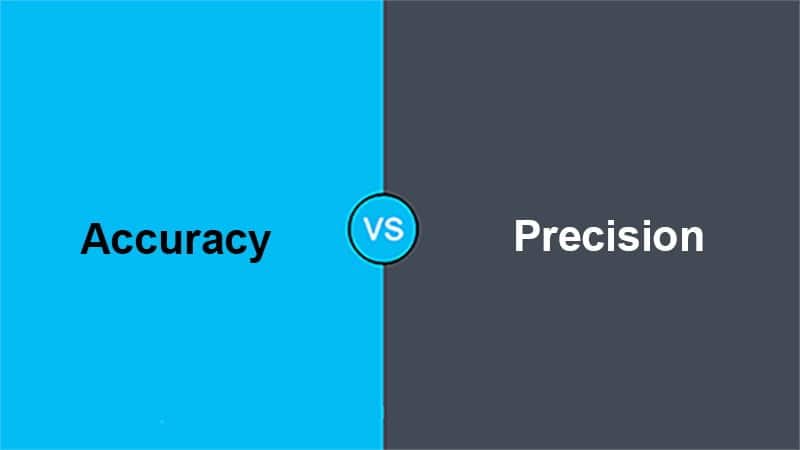Object-oriented programming is a model for computer programming that organizes software design around objects or data instead of logic and functions. Encapsulation and Abstraction are two fundamental concepts of object-oriented programming.
Abstraction vs Encapsulation
The main difference between Abstraction and Encapsulation is that Abstraction is a process of hiding the details of the code and how it is implemented. On the other hand, Encapsulation is a process of hiding the data and controlling the visibility of the code. The objects that manage Abstraction are encapsulated, whereas the encapsulating objects do not need to be abstracted.
Abstraction is a process of concealing unnecessary data and showing only relevant data. It is an essential concept of object-oriented programming that reduces the code’s complexity while increasing readability.
Encapsulation is a process that binds the data members along with member variables. It prevents direct access to variables, leading to the protection of privacy and reducing the code’s visibility.
Comparison Table between Abstraction and Encapsulation
| Parameters of Comparison | Abstraction | Encapsulation |
| Definition | It is a process of concealing unnecessary data and showing only relevant data | It is a process that binds the data members along with member variables |
| Phase | It is a design level process | It is an implementation level process |
| How is it implemented | It can be implemented through class and interfaces in java | It can be implemented through classes in java. Privacy is ensured through mentioning access specifiers such as private, protected, or public |
| Application | It is used to decrease the complexity at the project’s design stage | It is used to provide privacy and control data transparency at the implementation stage |
| Pivotal Ability | It is focused on what a class instance can do | It helps in the binding of the data and maintains transparency of the data |
What is Abstraction?
Abstraction is a process of showing only relevant data to the user. This is achieved by using the method of abstract classes and interfaces. The data is selected from a larger pool, and then classes are created of similar categories. It is a fundamental concept of object-oriented programming that reduces the code’s complexity.
To implement Abstraction and show only relevant data, access specifiers are used. It helps to formulate high-level codes and restricts code duplication.
The application’s security is maintained by showcasing only the relevant and valuable information to the user. The functions of the program or application can be changed or updated without creating any issues for the end user.
Often abstract class and Abstraction are assumed to be the same. However, an abstract class and the process of abstraction are different. Abstract classes are formulated to use them in a child class or subclass. At the same time, Abstraction is a process of showing only the necessary data through access specifiers.
The issues that could stem from the program are reviewed and corrected during the designing or planning stage and the user interface interaction. Methods of abstract classes and interfaces are used to hide the implementation hurdles. The objects in the code that need to be abstracted further are encapsulated. The process of Abstraction revolves around the knowledge of the function of the code rather than the application of logic.
What is Encapsulation?
Encapsulation is the processing of data and the code operating on it into a single unit. The single unit comprises the same functions the data performs, called Class. The use of Encapsulation makes the applications easier to use and comprehend. For the user to operate on the code, the internal mechanism of the code is not needed.
An access modifier can control the choice of providing access to data to the public or some people. The data is confined and protected like a safe in this process, so it is not tampered with.
Encapsulation can be confused with Abstraction. However, it is more specific about hiding the data in terms of security. It gets implemented during the final level and by the getters and setters method. The people who have been provided access can look through and alter the private members’ value in this method.
The members of the data are classified as – public, private, or protected as per the access range provided. The compiler makes all data members and functions private by default. However, this can be altered with an access modifier.
Main Differences Between Abstraction and Encapsulation
- Abstraction is a process of concealing unnecessary data and showing only relevant data. On the other hand, Encapsulation is a process that binds the data members along with member variables.
- Abstraction is a design-level process. On the other hand, Encapsulation is an implementation-level process.
- Abstraction can be implemented through class and interfaces in Java. On the other hand, Encapsulation can be implemented through classes in Java. Privacy is ensured by mentioning access specifiers such as private, protected, or public.
- Abstraction is used to decrease the complexity at the project’s design stage. On the other hand, Encapsulation provides privacy and control data transparency at the implementation stage.
- Abstraction is focused on what a class instance can do. On the other hand, Encapsulation helps bind the data and maintains transparency of the data.
Conclusion
In the data Abstraction process, only the necessary information or data is visible to the user, whereas, in Encapsulation, the data is transformed into a single unit. This single unit of data that conducts the same functions is known as Class. Similar categories of Classes are created by selecting data from a large base.
Abstraction aids the user in formulating high-level codes. It helps increase the transparency of the data to the user and minimizes the duplication of code. The process also increases the readability of the data and decreases the complexity.
The process of Encapsulation helps the user understand the code and also use it easily. When a similar data group is provided, classes are created for the identical data types through Encapsulation. The class can control the visibility of the data function.















